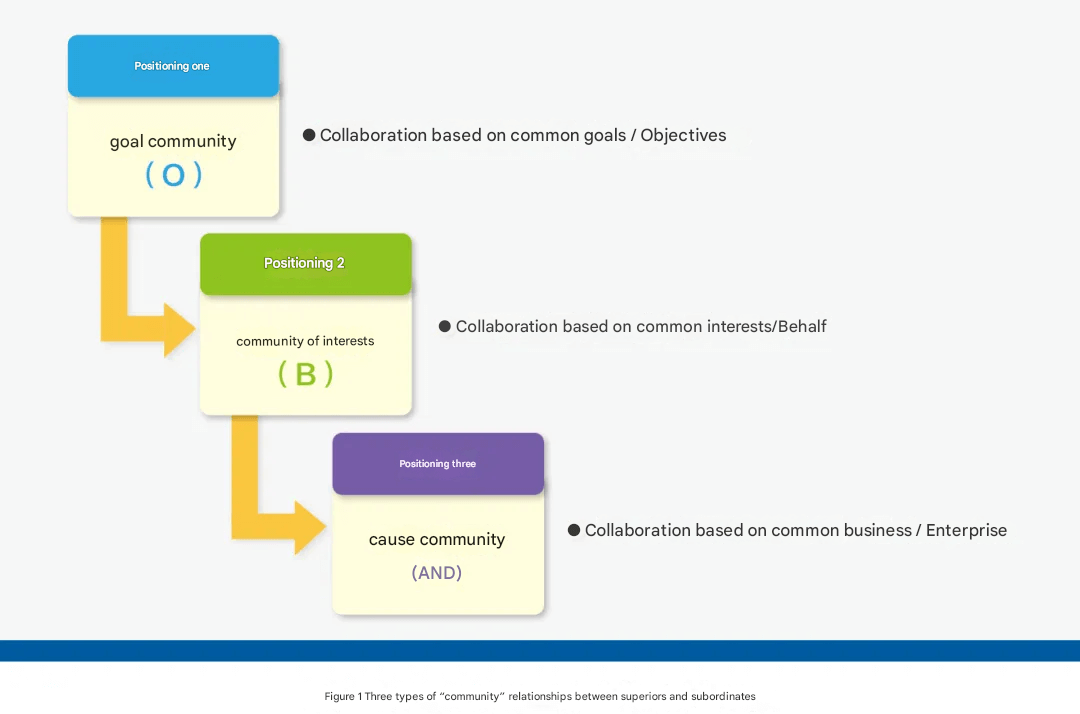In recent years, I have focused on managing technical teams, and as things got busier, I relaxed my own self-discipline. So, I decided to get back on track by sharing some management insights.
There are two key principles for getting started in team management: clarifying the manager’s mission and choosing the right management style.

1. The Mission of a Manager
What is the mission of a team manager? I believe there are two main aspects: “achieving goals” and “developing team members,” which a manager must never forget at any time.
Achieving Goals
The purpose of forming a team is to accomplish a specific objective for the organization. If a team consistently fails to achieve its goals, it should either be disbanded or restructured. If a team member does not align with the goal and cannot contribute, they have no reason to stay and should be removed. Goal orientation represents the cold and pragmatic side of management.
Developing Team Members
The other aspect is providing guidance and support to team members, helping them improve their professional skills and grow in their careers. This gives them the opportunity to earn higher rewards or take on more important responsibilities. Enabling others is the warm and noble side of management.
Jack Welch once said, "When you become a manager, your success is entirely tied to the growth of your subordinates." However, in the real world, developing team members is not always optional. To put it another way, achieving goals is the standard for a competent manager, while developing members is the standard for an outstanding manager. A new manager typically focuses on survival, leading to a work environment where “one person’s success comes at the expense of many others.” But if you aspire to become an excellent manager, you must strive to balance these two missions. Here are some practical steps.
1. Setting Goals
In some cases, a team's goals may be flexible. Team goals are formed through a process of cascading objectives down from the organization's strategy. A manager has the opportunity to be involved in this goal-setting process. At this stage, it’s the manager’s responsibility to find overlaps between the organization’s goals and team members’ development, creating goals that benefit both.
Don’t miss any opportunity for a win-win scenario—this is the manager's greatest responsibility.
2. Combining Short-term and Long-term Goals
Team goals should combine both short-term and long-term objectives. Long-term goals focus on a broader perspective and trends, providing long-term value but offering no immediate rewards. For an individual, working towards a long-term goal might be acceptable. They can remain calm and self-motivated during uneventful or even difficult periods, like “sharpening a sword for ten years to reveal its brilliance in a single moment.” However, this approach doesn’t work for team management—team morale is sustained by continuous victories. If there is no tangible reward in the short term, morale will suffer, leading to a loss of cohesion, and the long-term goal will become unattainable. A manager may sacrifice for ideals, but don't expect the whole team to be idealists.
Thus, you must find short-term achievements for long-term goals, even if those short-term goals aren't on the most direct path to the long-term objectives. You may need to take detours, or even backtrack and repeat steps along the way. An imperfect example of this would be the "Four Crossings of the Chishui River" during the Long March. Each crossing achieved a short-term goal; otherwise, the Red Army wouldn't have survived. Ultimately, they seized the opportunity to achieve their long-term goal.
Focusing on short-term goals is a necessary compromise for managers.
3. Embracing an Open Mindset to Empower Others
When we talk about enabling others, we tend to unconsciously place a halo over ourselves. But enabling others also benefits the manager, as subordinates' growth improves their ability to help achieve team goals. The real mental hurdle is understanding the relationship between growth and departure. It’s like the relationship between a theater and its actors. A small theater provides better growth opportunities for an actor, and as the actor becomes more famous, the theater benefits from greater economic returns. However, eventually, the actor will leave for a larger stage because they need a bigger platform and audience. As a manager, we shouldn't condemn them for betrayal but rather wish them even greater success. After all, the theater and the actor shared a wonderful past, and we enabled each other’s growth. When nurturing subordinates, don't let too many worries cloud your actions. Don't hold back in order to avoid losing people—the result might be a mutually painful experience. When a team member leaves for a brighter future, it also serves as a motivator for the remaining members, demonstrating that the team is worth investing in and brings rewards. In this way, departures can also contribute to the team.
In today’s world, it is highly likely that a person’s career will span multiple organizations. To empower others, a manager should not focus on locking down employees. No manager within any organization can offer unlimited rewards, but they can create opportunities for growth, allowing their team members to be rewarded by the world beyond the organization.
Empowering others tests a manager’s ability and open-mindedness.
2. Management Style: Authoritarian or Democratic, or Something Else?
This is a question that actually has a standard answer. A mature manager should adopt different management styles based on the specific circumstances of the team. A manager should be capable of employing different management methods and styles, switching between them depending on the situation. However, I genuinely feel this is a very theoretical viewpoint. It’s like actors—ideally, a competent actor should portray different characters based on the script. But in reality, most actors spend their careers playing versions of themselves, reflecting their own personality traits in various roles. Only a few exceptional actors can truly break through and shape different characters—it’s extremely rare.
In my view, a manager’s most effective management style stems from their personal values. Some managers enjoy the authority that comes with their position, relishing in the silence of their subordinates and the feeling of command. Others are committed to fostering equal communication, breaking down hierarchical barriers, and building a democratic organization.
Whether authoritarian or democratic, it comes down to personal values. As for me, I prefer the latter, as I believe it reflects a more universal pursuit of human society. Of course, this grand ideal is constrained by objective factors and individual abilities, and what can be achieved is limited. But even if only a little can be realized, or even if it only lasts for a brief moment, it still holds meaning and value. Management style is not just about a manager's intentions; it requires a series of actions and techniques to bring it to life. Ideals need to be supported by skills, which requires systematic learning and practice. Otherwise, the intention of democratic management may lead to poor results. I must also point out that democratic management is far more complicated than authoritarian management. If you want to implement it, be prepared for the challenge.
Conclusion
To sum up, today we discussed two key management principles: the manager's mission and the choice of management style. These principles focus more on intention and belief, with fewer operational details. If you’re interested, we can talk about some practical experiences on the operational side in future discussions.







